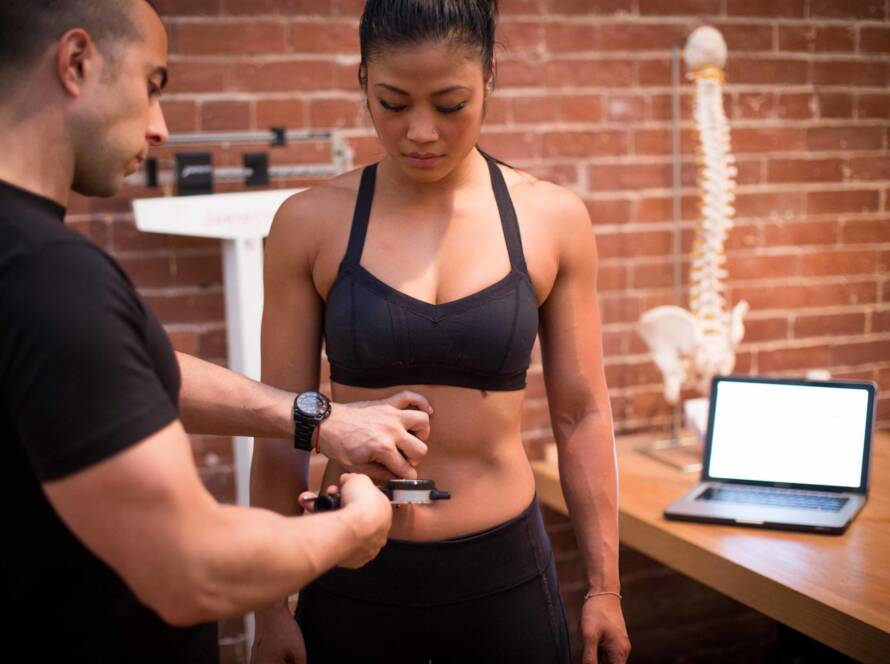Causes of Low Back Pain
The most common cause of low back pain is postural stress. Poor posture, prolonged bending in a working position, heavy lifting, standing or lying down for a long time in a suboptimal position can lead to back pain. Weakness in the core may cause spinal pain as well as increase chance of injury.
Loss of integrity in lower back
Most people suffer from a flattened lower back over a long period of time causing long and weak posterior muscles and short and tight anterior muscles. Without care and training, people will eventually lose their lordosis and experience back pain.
Overcoming back pain
- Sit properly, or better yet, sit in a squat. Sit in position where your chest is open with maximal lordosis, knees above hips. Sitting in a bodyweight squat allows you decompression the spine.
- Recognize muscle imbalances. When a muscle becomes short and tight, the antagonist (opposite) muscle becomes long and weak. This creates structural imbalances, leading to pain.
- Recruit the proper muscles for specific movement. This could be a result of muscle imbalances. The short and tight muscles will compensate for the long and weak muscles, leading to excessive compression, torsion and shear in the joint. This can lead to inflammation, pain and eventually injury.
Most common mistake for back pain
One of the most poorly executed exercise for low back and glutes is the back extension (this includes the horizontal, 45* or on a ball). As you are at the bottom position, you should INITIATE the movement from your glutes! Not just at the top! By engaging your glutes throughout concentric, isometric, and eccentric motion while engaging the low back isometrically, you take the compression off your lumbar spine and activate your glutes. DO. NOT. EXTEND. WITH. YOUR. LOW. BACK! I cannot stress this enough!
Your body is brilliant at compensating for injuries. When one muscle becomes hypotonic, surrounding muscle will compensate for being hypertonic. If any of this sounds familiar to you, get a professional functional movement assessment. Performing exercises which induce pain will only make the injury worse.
Train smarter, not harder.




